
Does it seem like more and more bathroom renovations include tub-to-shower conversions these days? That's because these projects are incredibly trendy! As homeowners look to maximize space and improve bathroom efficiency, swapping out a traditional bathtub for a sleek shower system has become a favored choice. This trend is not only driven by aesthetic appeal but also by the practical benefits showers offer, such as easier access, quicker cleanup, and reduced water usage. Additionally, showers can provide a more contemporary look that can significantly enhance the home’s overall value. While a tub-to-shower conversion can seem straightforward, it demands careful planning and execution to ensure both functionality and durability. Ultimately, it's vital to understand the common mistakes of tub-to-shower conversions and learn how to avoid them in your own projects for the best results.
The Basics of a Tub-to-Shower Conversion
Before we dive into specific conversion mistakes worth avoiding, you must understand the basics of a tub-to-shower conversion. The initial step involves removing the existing bathtub. This process typically includes detaching the plumbing fixtures and carefully lifting out the tub. After removing the tub, you must take down the surrounding wall materials to expose the studs and plumbing. This ensures that the space is adequately ready for the installation of a new shower base and walls.
The next phase involves the installation of the shower base or pan. This is a foundational component that must be in a secure position and level to prevent water leakage and ensure proper drainage. The shower base can consist of various materials, such as acrylic or fiberglass, and you should choose it based on durability and aesthetic preference. Following the installation of the base, the plumbing will need adjustment. This may include extending or reconfiguring the existing supply lines and drain to align with the new shower fixtures.
Once the shower base and plumbing are in place, the next step is to install the shower walls. The walls must be carefully fixed onto the studs, ensuring they’re waterproof to prevent any water damage. After the secure installation of the walls, the addition of new shower fixtures, including the showerhead, control valve, and any additional accessories, can take place. Through meticulous execution, this process transforms a traditional tub space into a functional and stylish shower area!
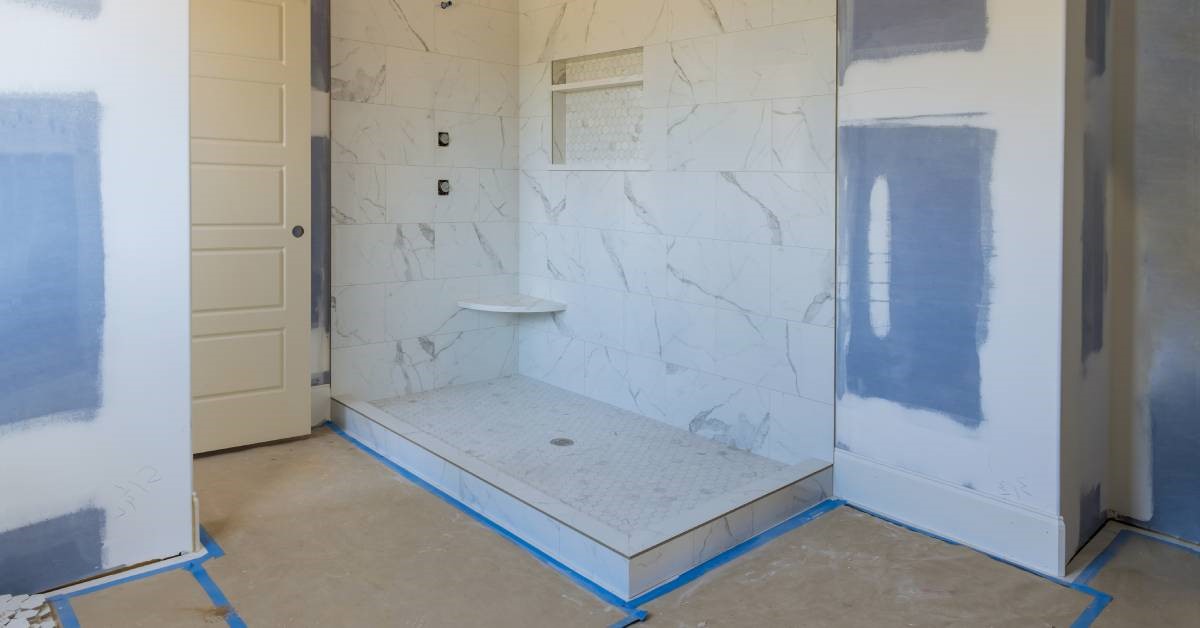
Mistakes To Avoid
So what are the common mistakes to avoid with tub-to-shower conversion projects? By identifying and steering clear of these mistakes, you can ensure a smoother renovation process and a more satisfactory result.
Forgetting To Plan
One of the most critical mistakes you can make in a tub-to-shower conversion is not planning the project thoroughly. Proper planning involves not only selecting the right materials and fixtures but also mapping out the entire process from demolition to installation. Failing to plan can lead to unexpected issues, such as plumbing conflicts, improper drainage, and insufficient waterproofing. These problems can cause delays, increased costs, and potentially significant water damage in the long run.
Eliminating the Last Bathtub
While there are plenty of benefits to tub conversions, they’re not always practical renovations for all living situations. Real estate experts generally advise against removing the sole bathtub because it can make the property less attractive to a broader range of potential buyers, particularly families with young children who may find a bathtub essential. Furthermore, having at least one bathtub in the house provides multifaceted utility. It can cater to various lifestyle needs, such as bathing pets, soaking laundry, or enjoying a relaxing soak after a long day. Removing the last bathtub could thus restrict these functions, diminishing the home's versatility and potentially decreasing its marketability and resale value.
Investing in Cheap Materials
While it may be tempting to cut costs, using inferior materials can lead to a plethora of problems down the line. Cheap materials often lack durability and are more likely to suffer from wear and tear, including cracks, chips, and discoloration. This not only diminishes your new shower’s aesthetic appeal but can also compromise the space’s functionality and safety. For instance, a poorly constructed shower base can lead to water leaks that can cause damage to the subfloor, resulting in costly repairs.
Additionally, cheap materials often come with lower-quality finishes, making them more susceptible to mold and mildew. This can pose a significant hygiene issue, requiring frequent cleaning and maintenance. Investing in high-quality materials, such as nonporous surfaces, durable shower pans, and reliable fixtures ensures that your shower remains in pristine condition for years to come. Higher-quality materials might have a higher upfront cost but offer greater longevity and a better return on investment.
Ignoring Existing Structural Issues
Ignoring existing structural issues in your bathroom before starting a tub-to-shower conversion can lead to disastrous consequences. Structural problems, such as weakened subfloor, compromised studs, or outdated plumbing, can affect your new shower installation’s integrity. Failing to address these foundational concerns before proceeding with the conversion can result in water damage, mold growth, and even structural failure, adding significant costs and delays to your project.
Neglecting Proper Drain Placement
Proper drain placement is crucial for your new shower’s functionality and longevity. Neglecting this aspect can lead to improper water drainage, resulting in standing water that promotes mold and mildew growth. It’s essential to ensure that the drain is at the lowest point of the shower base to facilitate efficient water flow. Additionally, the drain should align with the plumbing system to prevent leaks and water damage.
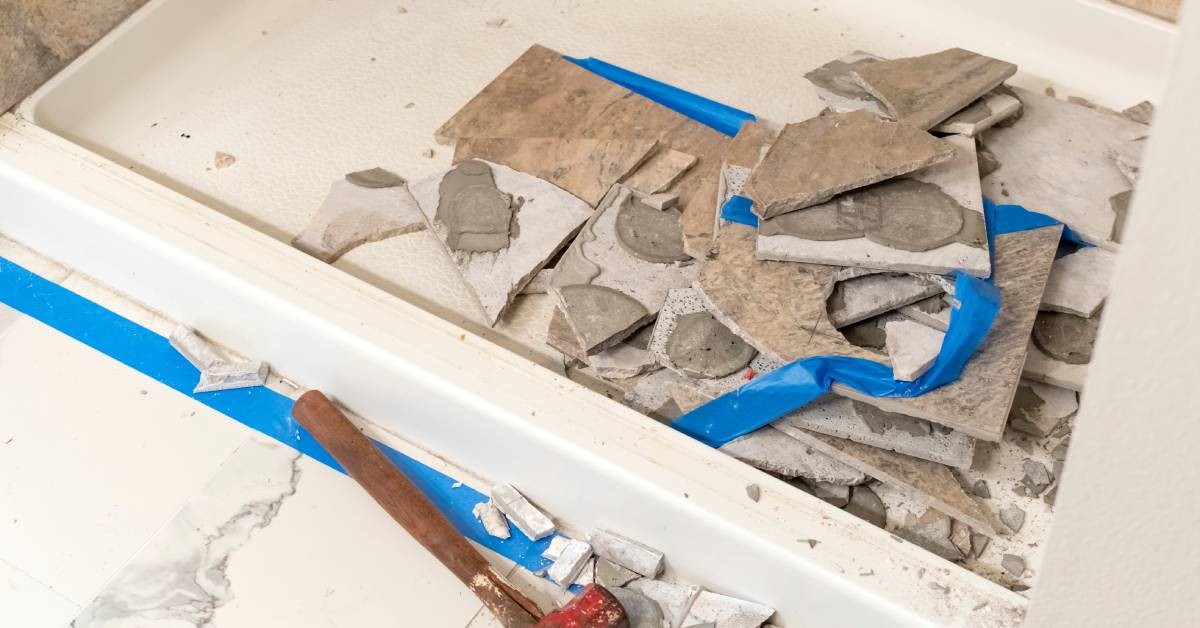
Bonus Mistake: Not Seeking Professional Help!
Seeking professional help for a tub-to-shower conversion project is crucial to ensure that the renovation proceeds flawlessly, and this is where a team like ours at Reece Builders can make all the difference. Our experienced professionals bring a wealth of knowledge and expertise to the table, meticulously planning and executing every aspect of the conversion. We handle every step, from initial consultation and design to plumbing adjustments and final installations, with precision and care. By partnering with Reece Builders, you benefit from high-quality materials, refined craftsmanship, and a keen eye for detail that maximizes both functionality and aesthetics in your bathroom renovation. Trust our team for the best shower conversion in Winston-Salem!
Subscribe to Reece Builders's Blog


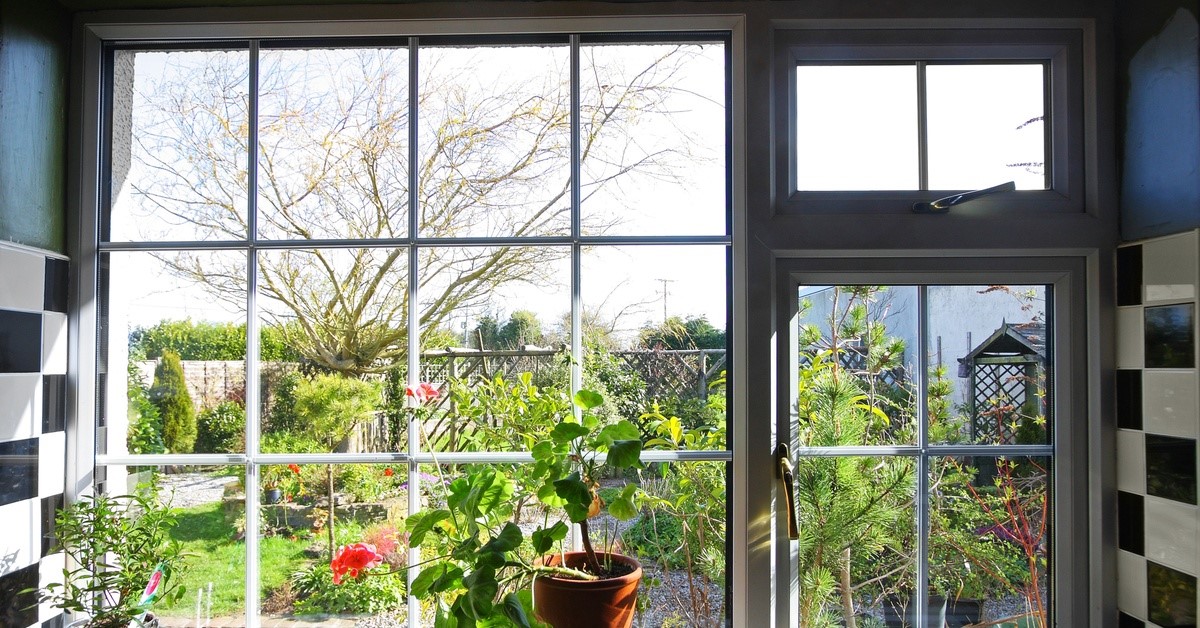

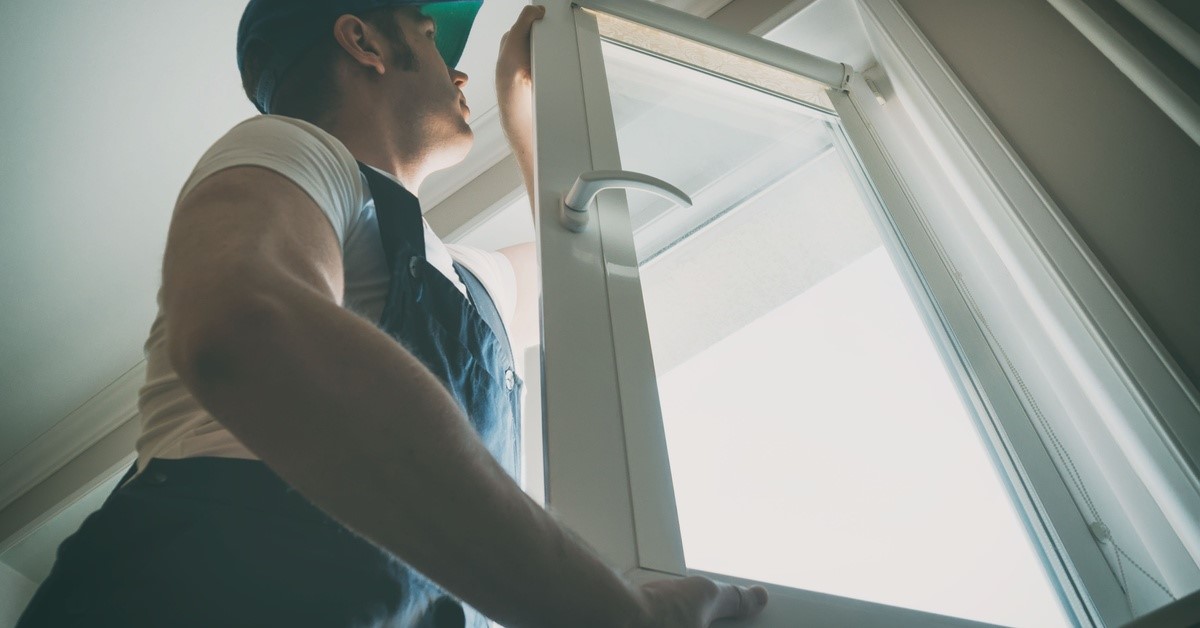
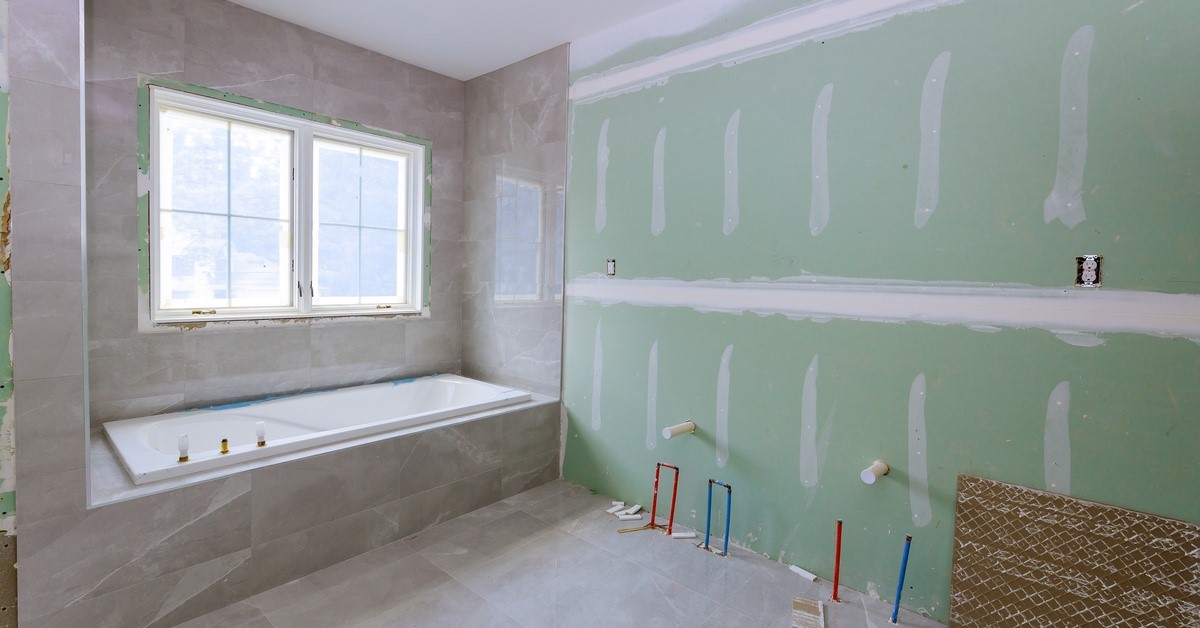
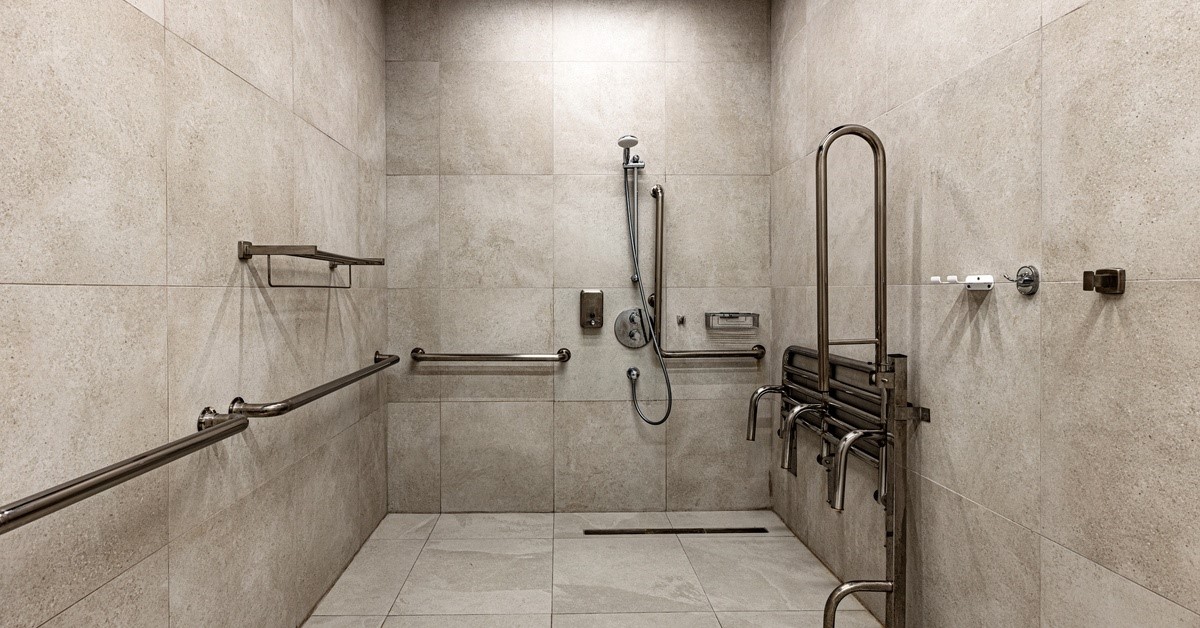
Comments